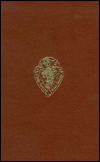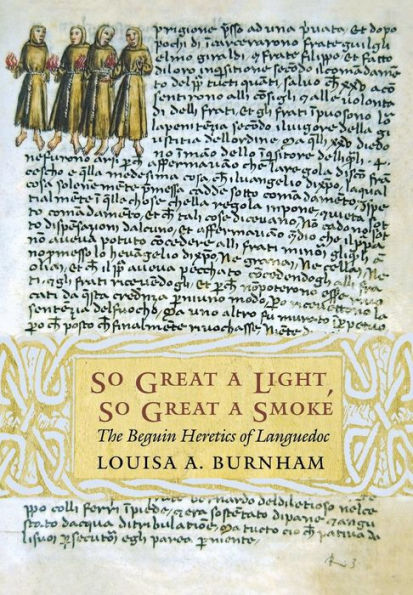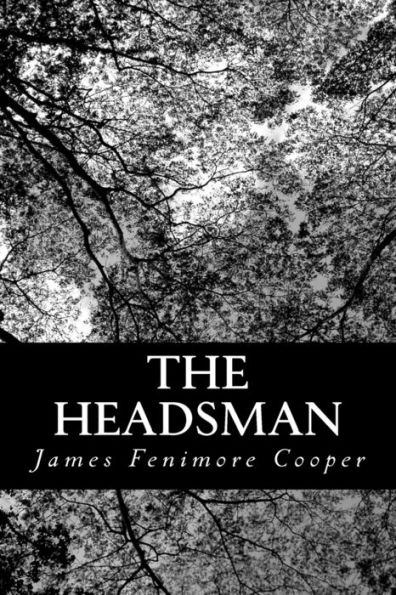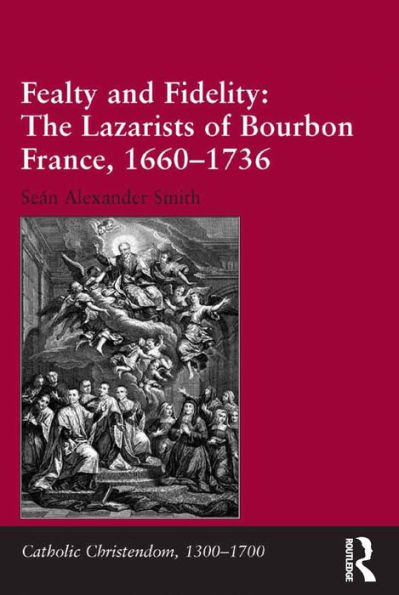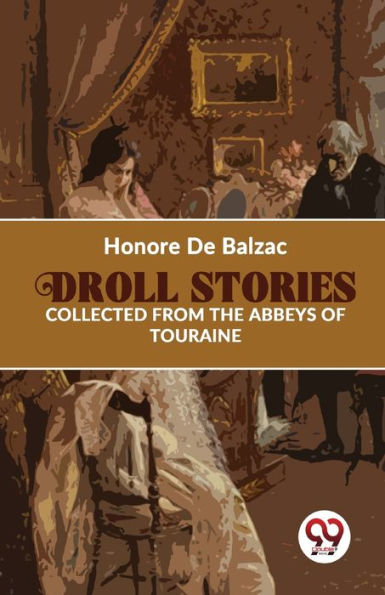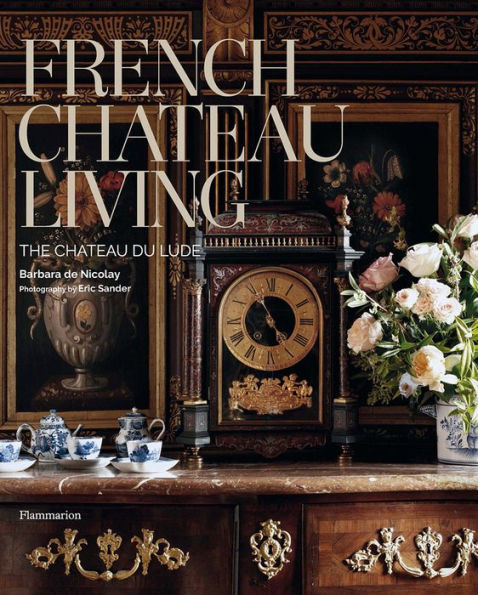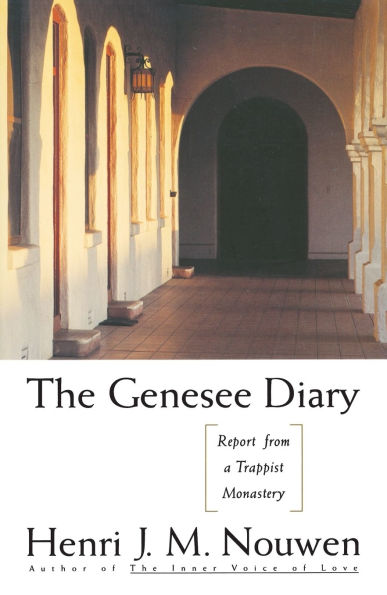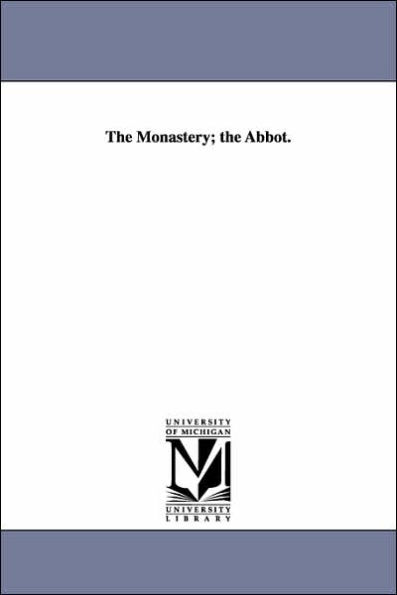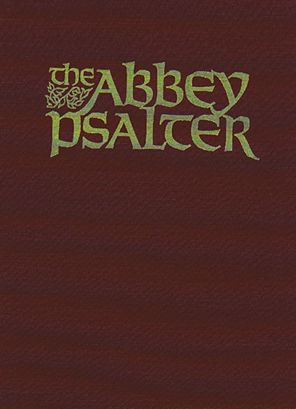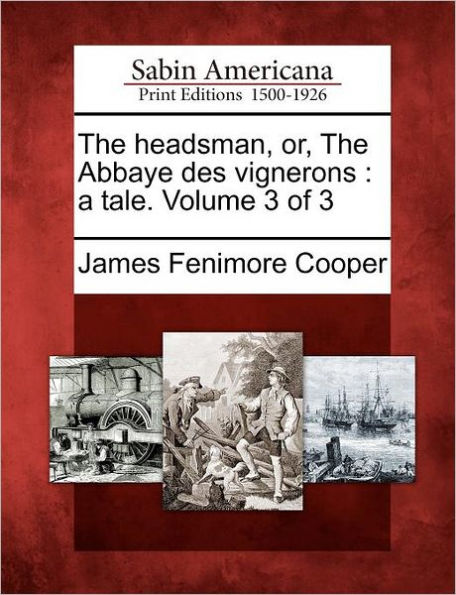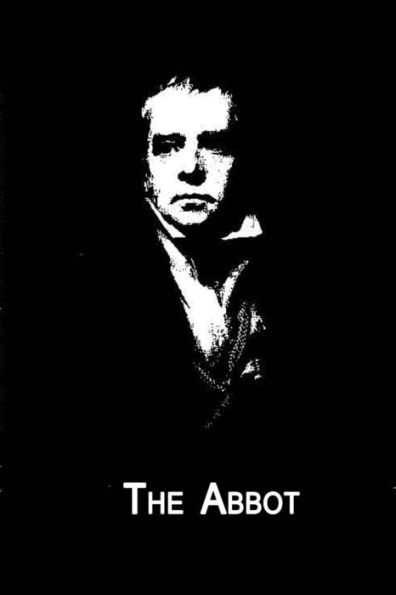Home
Lusignan; or, The Abbaye of La Trappe
Barnes and Noble
Loading Inventory...
Lusignan; or, The Abbaye of La Trappe in Franklin, TN
Current price: $22.99
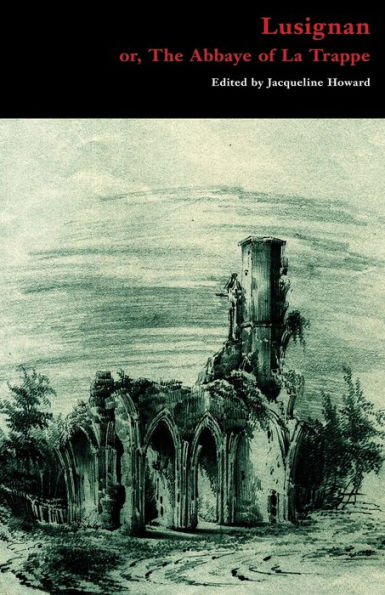
Barnes and Noble
Lusignan; or, The Abbaye of La Trappe in Franklin, TN
Current price: $22.99
Loading Inventory...
Size: OS
Ann Radcliffe (1764-1823) was the most popular and best-selling novelist of her time, earning a widespread readership and previously unheard-of sums of money for her Gothic novels
The Mysteries of Udolpho
(1794) and
The Italian
(1797). But after publishing
, at the height of her powers, she disappeared from the literary scene and never published another novel. Or did she?
Lusignan; or, The Abbaye of La Trappe
, issued anonymously in 1801 by the great purveyor of Gothic fiction, the Minerva Press, is the story of the ill-fated love between the virtuous Emily de Montalte and the handsome
Lusignan
, and it bears remarkable similarities in theme and style to Radcliffe's works. With a quintessentially Gothic plot that features all the trappings of the genre, including a haughty aristocrat, a scheming monk, lovers immured in dungeons and convents, and a subterranean chapel haunted by a horrible spectre, Lusignan will be of great interest to scholars and fans of Gothic fiction alike, whether the book is in fact by Radcliffe or merely an unusually skilled imitator. This first-ever republication of
, a novel so rare that it survives in only one known copy worldwide, includes the unabridged text of the original four-volume edition as well as a substantial new scholarly introduction and extensive annotations by Dr. Jacqueline Howard, who has previously argued in a published article that
could be the work of Radcliffe.
The Mysteries of Udolpho
(1794) and
The Italian
(1797). But after publishing
, at the height of her powers, she disappeared from the literary scene and never published another novel. Or did she?
Lusignan; or, The Abbaye of La Trappe
, issued anonymously in 1801 by the great purveyor of Gothic fiction, the Minerva Press, is the story of the ill-fated love between the virtuous Emily de Montalte and the handsome
Lusignan
, and it bears remarkable similarities in theme and style to Radcliffe's works. With a quintessentially Gothic plot that features all the trappings of the genre, including a haughty aristocrat, a scheming monk, lovers immured in dungeons and convents, and a subterranean chapel haunted by a horrible spectre, Lusignan will be of great interest to scholars and fans of Gothic fiction alike, whether the book is in fact by Radcliffe or merely an unusually skilled imitator. This first-ever republication of
, a novel so rare that it survives in only one known copy worldwide, includes the unabridged text of the original four-volume edition as well as a substantial new scholarly introduction and extensive annotations by Dr. Jacqueline Howard, who has previously argued in a published article that
could be the work of Radcliffe.
Ann Radcliffe (1764-1823) was the most popular and best-selling novelist of her time, earning a widespread readership and previously unheard-of sums of money for her Gothic novels
The Mysteries of Udolpho
(1794) and
The Italian
(1797). But after publishing
, at the height of her powers, she disappeared from the literary scene and never published another novel. Or did she?
Lusignan; or, The Abbaye of La Trappe
, issued anonymously in 1801 by the great purveyor of Gothic fiction, the Minerva Press, is the story of the ill-fated love between the virtuous Emily de Montalte and the handsome
Lusignan
, and it bears remarkable similarities in theme and style to Radcliffe's works. With a quintessentially Gothic plot that features all the trappings of the genre, including a haughty aristocrat, a scheming monk, lovers immured in dungeons and convents, and a subterranean chapel haunted by a horrible spectre, Lusignan will be of great interest to scholars and fans of Gothic fiction alike, whether the book is in fact by Radcliffe or merely an unusually skilled imitator. This first-ever republication of
, a novel so rare that it survives in only one known copy worldwide, includes the unabridged text of the original four-volume edition as well as a substantial new scholarly introduction and extensive annotations by Dr. Jacqueline Howard, who has previously argued in a published article that
could be the work of Radcliffe.
The Mysteries of Udolpho
(1794) and
The Italian
(1797). But after publishing
, at the height of her powers, she disappeared from the literary scene and never published another novel. Or did she?
Lusignan; or, The Abbaye of La Trappe
, issued anonymously in 1801 by the great purveyor of Gothic fiction, the Minerva Press, is the story of the ill-fated love between the virtuous Emily de Montalte and the handsome
Lusignan
, and it bears remarkable similarities in theme and style to Radcliffe's works. With a quintessentially Gothic plot that features all the trappings of the genre, including a haughty aristocrat, a scheming monk, lovers immured in dungeons and convents, and a subterranean chapel haunted by a horrible spectre, Lusignan will be of great interest to scholars and fans of Gothic fiction alike, whether the book is in fact by Radcliffe or merely an unusually skilled imitator. This first-ever republication of
, a novel so rare that it survives in only one known copy worldwide, includes the unabridged text of the original four-volume edition as well as a substantial new scholarly introduction and extensive annotations by Dr. Jacqueline Howard, who has previously argued in a published article that
could be the work of Radcliffe.
